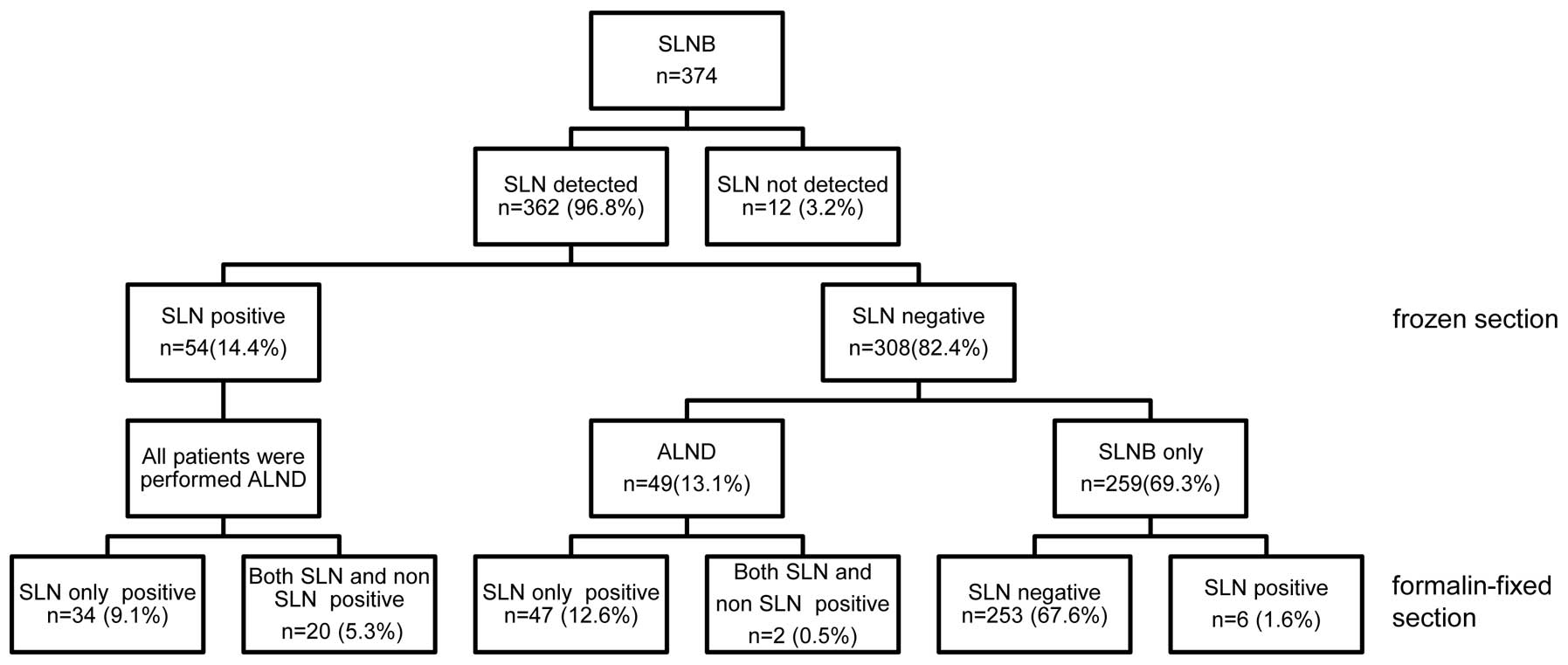Spandidos Publications style
Takamaru T, Kutomi G, Satomi F, Shima H, Ohno K, Kameshima H, Suzuki Y, Ohmura T, Takamaru H, Nojima M, Nojima M, et al: Use of the dye‑guided sentinel lymph node biopsy method alone for breast cancer metastasis to avoid unnecessary axillary lymph node dissection. Exp Ther Med 7: 456-460, 2014.
APA
Takamaru, T., Kutomi, G., Satomi, F., Shima, H., Ohno, K., Kameshima, H. ... Hirata, K. (2014). Use of the dye‑guided sentinel lymph node biopsy method alone for breast cancer metastasis to avoid unnecessary axillary lymph node dissection. Experimental and Therapeutic Medicine, 7, 456-460. https://doi.org/10.3892/etm.2013.1445
MLA
Takamaru, T., Kutomi, G., Satomi, F., Shima, H., Ohno, K., Kameshima, H., Suzuki, Y., Ohmura, T., Takamaru, H., Nojima, M., Mori, M., Hirata, K."Use of the dye‑guided sentinel lymph node biopsy method alone for breast cancer metastasis to avoid unnecessary axillary lymph node dissection". Experimental and Therapeutic Medicine 7.2 (2014): 456-460.
Chicago
Takamaru, T., Kutomi, G., Satomi, F., Shima, H., Ohno, K., Kameshima, H., Suzuki, Y., Ohmura, T., Takamaru, H., Nojima, M., Mori, M., Hirata, K."Use of the dye‑guided sentinel lymph node biopsy method alone for breast cancer metastasis to avoid unnecessary axillary lymph node dissection". Experimental and Therapeutic Medicine 7, no. 2 (2014): 456-460. https://doi.org/10.3892/etm.2013.1445















